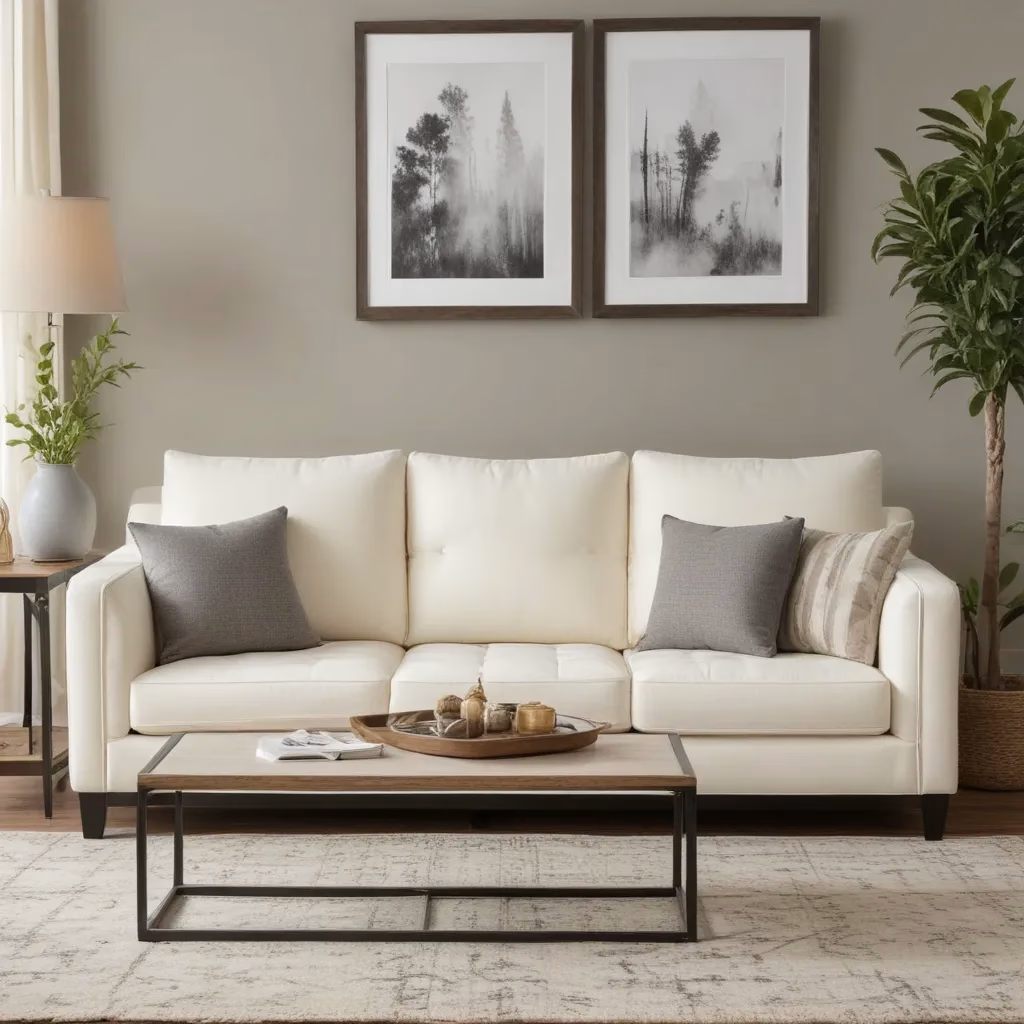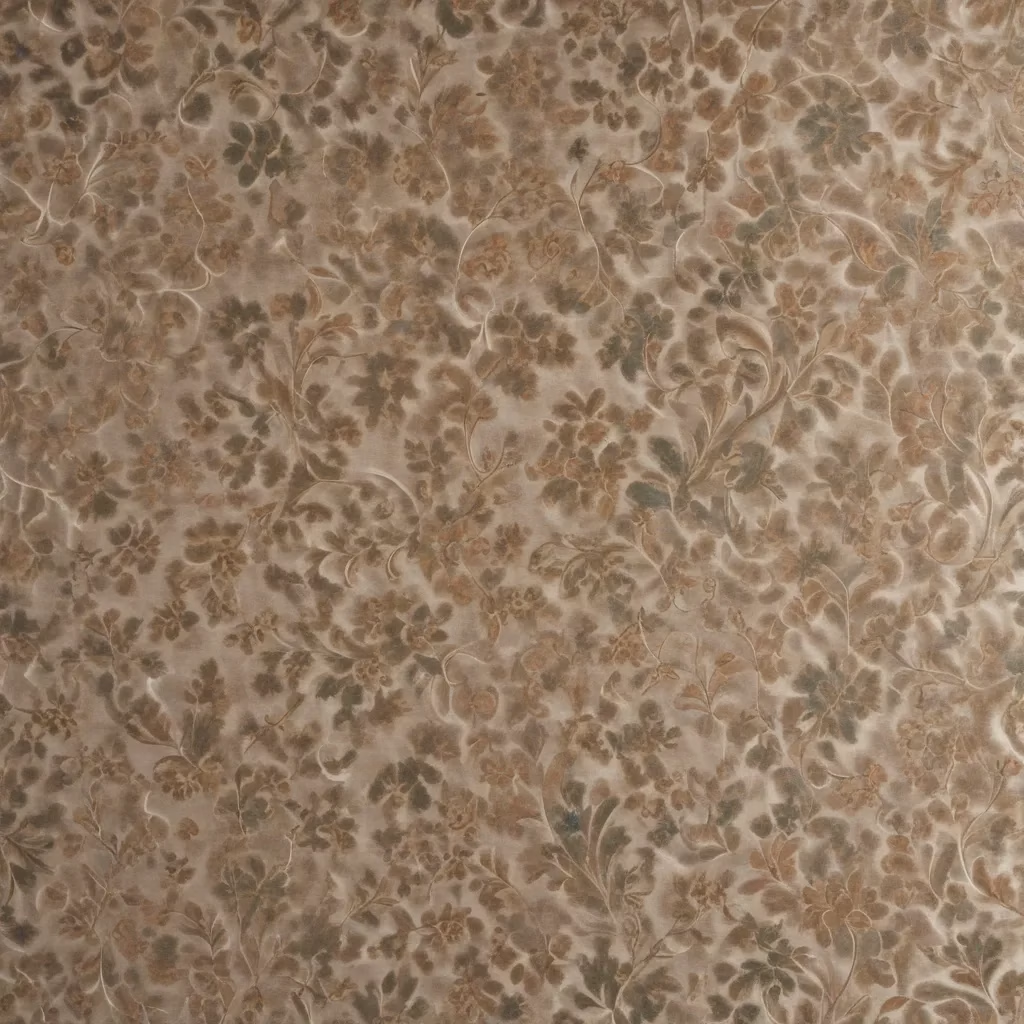
When it comes to selecting the perfect sofa for your living room, the frame construction is one of the most important considerations. After all, the frame is the foundation that supports the entire piece – from the plush cushions to the stylish upholstery. In this comprehensive guide, we’ll explore the key factors to keep in mind when evaluating sofa frames, helping you make an informed decision that will stand the test of time.
Now, this might seem counterintuitive…
Sofa Buying Considerations
Sofa Frame Construction
The sofa’s frame is the structural core that determines its overall durability and longevity. High-quality frames are typically made from solid hardwoods like oak, maple, or walnut, which are kiln-dried to remove excess moisture and prevent warping over time. These sturdy materials can handle heavier loads and regular use without compromising the integrity of the frame.
In contrast, lower-end frames may be constructed from softer woods, engineered wood composites, or even metal. While these materials can reduce manufacturing costs, they often lack the long-term resilience of solid hardwood frames. Avoid frames made from particle board or fiberboard, as these tend to be less stable and more prone to cracking or breaking.
When assessing a frame, look for sturdy joints that are glued and screwed, rather than just stapled or nailed. The use of double dowel joints, which connect the frame pieces with reinforced wooden dowels, is a hallmark of high-quality construction. Additionally, the presence of corner blocks – additional wood supports at the frame’s junctions – can further enhance the overall strength and stability.
Sofa Size and Spatial Planning
Before finalizing your sofa purchase, carefully consider the dimensions of the piece and how it will fit within your living space. Measure the available floor area, doorways, and any other potential obstacles to double-check that the sofa can be smoothly delivered and positioned in your home.
When selecting the size, think about how you plan to use the sofa. Will it primarily be for lounging, or do you need to accommodate additional seating for guests? Pay attention to the sofa’s depth, width, and height, as these factors can significantly impact the comfort and functionality of the piece.
Sofa Style and Design
The frame construction also plays a role in the overall aesthetic of the sofa. Sleek, minimalist frames often feature clean lines and low profiles, complementing modern or Scandinavian-inspired décor. Alternatively, more traditional frames may showcase ornate details, button-tufted upholstery, or exposed wood accents for a timeless, elegant look.
Consider how the sofa’s design will integrate with your existing living room furniture and décor. A harmonious blend of styles can create a cohesive, well-curated space, while dramatic contrasts can add visual interest and a touch of personality.
Fabric and Upholstery Selection
Fabric Types and Durability
Beyond the frame, the fabric and upholstery you choose will significantly impact the sofa’s long-term performance and appearance. While pure aniline leather is a luxurious and high-end option, it requires more maintenance and may not be the best choice for households with pets or young children.
For increased durability and easier cleaning, opt for semi-aniline or corrected grain leather, which feature a protective topcoat. Alternatively, consider performance fabrics like polyester, microfiber, or even outdoor-rated textiles, which can withstand heavy use and resist stains.
Fabric Patterns and Textures
The visual appeal of your sofa’s upholstery is just as crucial as its functionality. Solid-colored fabrics offer a classic, versatile look, while patterned textiles (such as stripes, florals, or geometric designs) can add visual interest and a touch of personality to your living room.
Textural fabrics, like velvet, chenille, or boucle, can also enhance the overall aesthetic, creating a cozy and inviting atmosphere. Consider how the fabric’s hue and texture will complement your existing décor and personal style preferences.
Upholstery Care and Maintenance
Keep in mind that some fabrics may require more maintenance than others. Delicate materials like pure aniline leather or linen may be more prone to staining and fading, while hardier options like microfiber or performance fabrics can withstand regular cleaning and occasional spills.
Be sure to research the recommended care instructions for any sofa you’re considering, and factor in your lifestyle and cleaning habits when making your selection. Investing in a sofa with removable, machine-washable cushion covers can also simplify the maintenance process.
Living Room Layout Tips
Furniture Arrangement
Once you’ve chosen the perfect sofa, it’s time to think about how to position it within your living room. Consider the flow of traffic and how people will move around the space, ensuring that the sofa placement doesn’t obstruct pathways or create any bottlenecks.
Experiment with different layouts, such as centering the sofa against a wall or floating it in the middle of the room. Balance the sofa with complementary pieces, like armchairs, side tables, or bookcases, to create a cohesive and visually appealing arrangement.
Lighting and Ambiance
Proper lighting can significantly enhance the comfort and atmosphere of your living room. Position floor lamps or table lamps strategically around the sofa to provide both ambient and task-oriented illumination. Consider adding dimmers or using warm-toned bulbs to create a cozy, inviting ambiance.
If your living room has natural lighting, take advantage of it by positioning the sofa to take full advantage of the sunlight. Sheer curtains or blinds can help control the level of brightness and create a softer, more relaxing atmosphere.
Accessorizing the Space
Once the sofa is in place, it’s time to add the finishing touches. Throw pillows, blankets, and area rugs can not only enhance the comfort of the sofa but also tie the entire living room together visually. Choose accessories that complement the sofa’s upholstery and the overall décor style.
Artwork, plants, and decorative accents can further personalize the space and make it feel more inviting. Remember to strike a balance, as too many accessories can overwhelm the room and detract from the sofa’s prominence.
Sofa Cleaning and Maintenance
Upholstery Cleaning Methods
Keeping your sofa looking its best requires regular maintenance and cleaning. Start by vacuuming the upholstery to remove any loose dirt or debris. For more thorough cleaning, refer to the manufacturer’s recommendations, as different fabrics may require specific cleaning methods.
For spot cleaning, use a mild soap and water solution or a dedicated fabric cleaner. Blot the affected area gently, rather than rubbing, to avoid spreading the stain. Allow the fabric to fully dry before resuming use.
Spot Removal Techniques
Despite your best efforts, spills and stains are bound to happen. Act quickly to address any mishaps, as allowing stains to set can make them much more difficult to remove. Blot the affected area with a clean, absorbent cloth, and avoid scrubbing, as this can damage the fabric.
For tougher stains, consult the fabric care instructions or consider using a specialized stain remover. Test any cleaning products on a discreet area of the sofa first to double-check that they don’t cause discoloration or damage.
Long-Term Preservation
To extend the life of your sofa, be proactive about maintenance. Regularly fluff and rotate the cushions to prevent uneven wear and sagging. Consider investing in a sofa cover or slipcover to protect the upholstery from direct sunlight, which can cause fading over time.
If your sofa is equipped with removable cushion covers, take advantage of this feature by washing them periodically. This can help keep the sofa looking fresh and vibrant for years to come.
Styling for Comfort and Aesthetics
Cushion Comfort and Support
The cushions are the heart of any sofa, responsible for providing both comfort and support. Look for high-quality foam or innerspring coil cushions, which can maintain their shape and resilience over time. Memory foam or down-filled options can also offer a plush, sink-in feel.
Pay attention to the cushion’s firmness and depth, as these factors can significantly impact the overall seating experience. A balance of comfort and support is key to ensuring your sofa is a pleasure to use day in and day out.
Coordinating Décor Elements
When styling your living room, consider how the sofa will interact with the surrounding décor. Choose complementary colors, patterns, and textures to create a cohesive and visually harmonious space.
Incorporate accent pieces, such as throw pillows, blankets, or side tables, that echo the sofa’s aesthetic. This can help the sofa blend seamlessly with the overall design scheme, rather than standing out as a separate, isolated element.
Personalizing the Space
Ultimately, the sofa should be a reflection of your personal style and preferences. Feel free to experiment with different arrangements, accessory choices, and styling techniques to make the space truly your own.
Whether you opt for a classic, neutral sofa or a bold, statement-making piece, the key is to create a living room that feels comfortable, inviting, and uniquely tailored to your lifestyle. With the right frame construction, fabric selection, and overall design approach, your new sofa can become the centerpiece of a welcoming and visually stunning living room.
To explore high-quality sofa options and get expert advice, be sure to visit SofaSpectacular.co.uk. Their team of experienced furniture consultants can help you find the perfect addition to your home.
Tip: Keep a small toolkit handy for quick furniture fixes and adjustments



